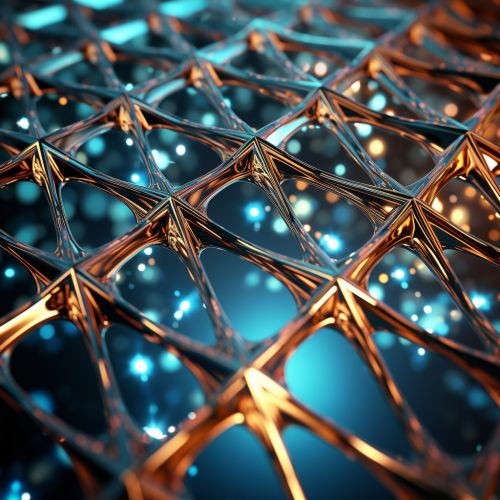The Physics of Quantum Computing with Diamond Color Centers
Introduction
Quantum computing is a rapidly evolving field that leverages the principles of quantum mechanics to process information. One of the most promising platforms for quantum computing is the use of diamond color centers, specifically the nitrogen-vacancy (NV) center in diamond. This article will delve into the physics of quantum computing with diamond color centers, exploring the principles, techniques, and potential applications of this technology.
Quantum Computing: An Overview
Quantum computing is a type of computation that utilizes quantum bits, or qubits, instead of the classical bits used in traditional computing. Qubits can exist in a superposition of states, allowing for the simultaneous processing of a vast number of computations. This gives quantum computers the potential to solve certain types of problems much more efficiently than classical computers.
Diamond Color Centers: The Nitrogen-Vacancy Center
Diamonds are not just precious gemstones; they are also a promising material for quantum computing. This is due to their unique color centers, particularly the nitrogen-vacancy (NV) center. The NV center is a point defect in the diamond lattice where a nitrogen atom replaces a carbon atom, and an adjacent lattice site is vacant. This defect forms a stable, controllable quantum system at room temperature, making it an ideal candidate for a qubit in a quantum computer.


Quantum States and Manipulation of NV Centers
The NV center's quantum state can be manipulated using a combination of microwave and laser pulses. This allows for the initialization, manipulation, and readout of the NV center's spin state, which forms the basis of quantum computation. The NV center's long coherence times, even at room temperature, make it an attractive option for quantum computing.
Quantum Gates and Algorithms with NV Centers
Quantum gates, the basic building blocks of quantum circuits, can be implemented using NV centers. These gates operate on the qubits, changing their quantum states in a way that allows for the execution of quantum algorithms. Some of the most well-known quantum algorithms, such as Shor's algorithm for factoring large numbers and Grover's algorithm for unstructured search, can be implemented using NV centers.
Challenges and Future Directions
Despite the promise of NV centers for quantum computing, there are still many challenges to be overcome. These include improving the fidelity of quantum gates, scaling up to larger numbers of qubits, and integrating NV centers into practical, usable quantum computers. However, ongoing research in this field is continually pushing the boundaries of what is possible, and the future of quantum computing with diamond color centers looks bright.
